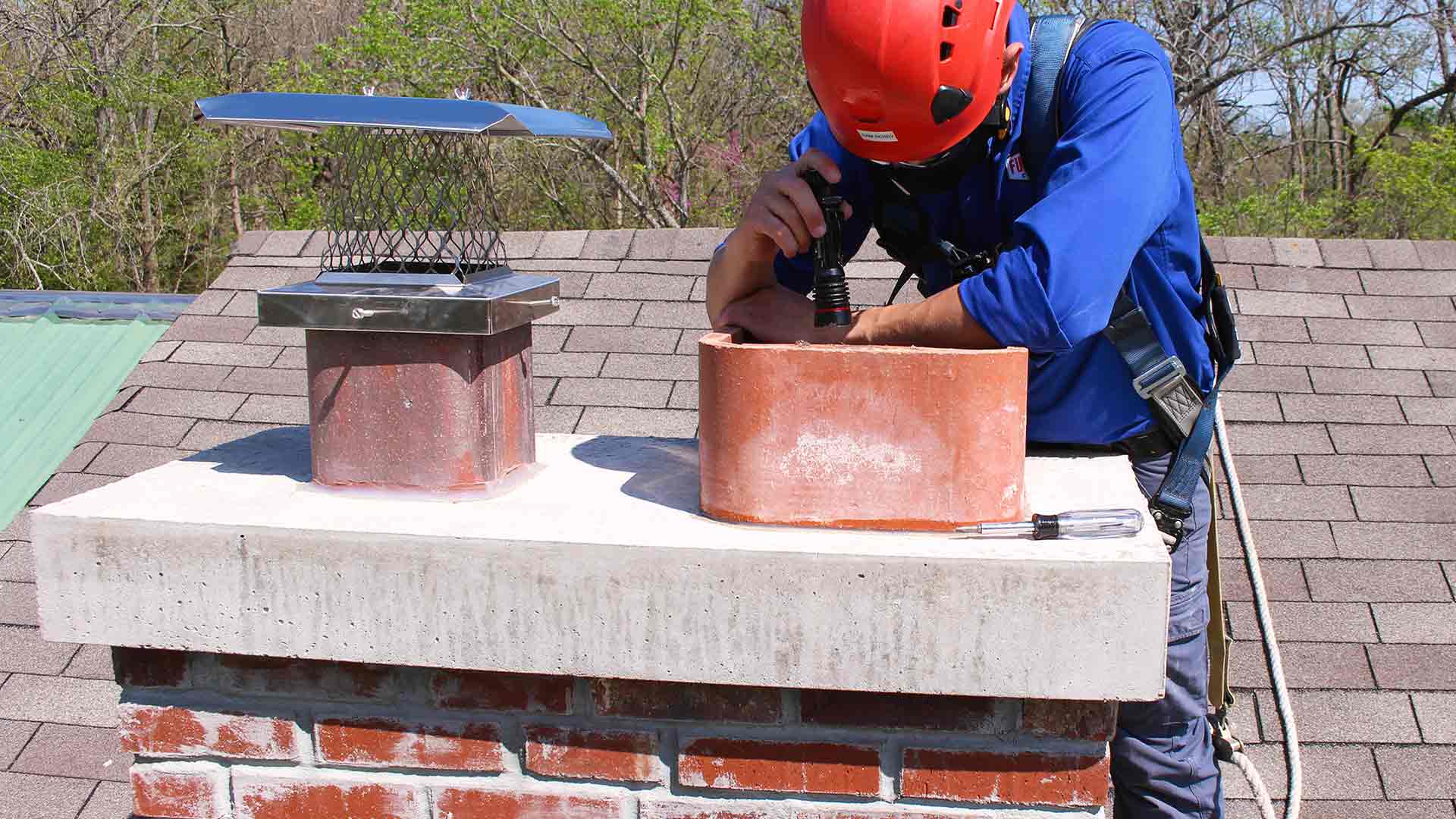

Articles
What Does A Chimney Inspection Include
Modified: February 24, 2024
Learn what a chimney inspection includes in this informative article. Find out why regular inspections are important for maintaining the safety and efficiency of your chimney.
(Many of the links in this article redirect to a specific reviewed product. Your purchase of these products through affiliate links helps to generate commission for Storables.com, at no extra cost. Learn more)
Introduction
When it comes to the safety and functionality of your home, keeping your chimney in good working order is essential. A chimney not only provides ventilation for your fireplace and removes harmful gases, but it also plays a vital role in preventing fires and maintaining indoor air quality. To ensure that your chimney is in top condition, regular chimney inspections are necessary.
A chimney inspection is a thorough examination of the entire chimney structure, including the flue, chimney liner, and other components. It helps identify potential issues, such as blockages, cracks, and structural damage, that can compromise the safety and efficiency of your chimney system. By detecting these problems early on, chimney inspections can save you from costly repairs and dangerous situations.
In addition to the obvious benefits of safety and peace of mind, a chimney inspection also provides other advantages. It can improve the efficiency of your fireplace or wood-burning stove, resulting in better heat output and reduced energy consumption. Furthermore, it allows you to identify and address potential air leaks, which can contribute to higher energy bills and discomfort in your home.
There are different types of chimney inspections available, with the most common one being a Level 1 chimney inspection. This inspection is recommended for chimneys that have been regularly used without any major changes to the system. Let’s dive deeper into what a Level 1 chimney inspection involves and what you can expect during the process.
Key Takeaways:
- Regular chimney inspections are crucial for early issue detection, reduced fire hazards, improved indoor air quality, and compliance with insurance requirements. They ensure a safe, efficient, and long-lasting chimney system.
- Level 1 chimney inspections involve thorough examinations of visible and accessible components, identifying common issues like creosote buildup, cracked chimney crowns, and damaged flue liners. Scheduling annual inspections is key to catching problems early and ensuring optimal chimney performance.
Read more: What Is Included In A Home Inspection
Why is Chimney Inspection Important?
Chimney inspections are crucial for the safety, functionality, and longevity of your chimney system. Here are some key reasons why chimney inspections are important:
- Fire Prevention: One of the primary reasons for chimney inspections is to prevent chimney fires. Over time, creosote, a highly flammable substance, can accumulate in the chimney lining. If left unchecked, this creosote can ignite, leading to a dangerous chimney fire. Regular inspections help identify and remove this buildup, reducing the risk of fire hazards.
- Carbon Monoxide Detection: Chimneys play a critical role in venting out harmful gases, including carbon monoxide, produced by fireplaces and heating appliances. A malfunctioning or blocked chimney can trap these gases inside your home, posing a severe threat to your health. Inspections ensure the proper functioning of the chimney, preventing the buildup of carbon monoxide and keeping your indoor air quality safe.
- Identification of Structural Issues: Over time, chimneys can develop structural problems such as cracks, leaks, or loose bricks. These issues can compromise the stability and integrity of the chimney, making it more prone to collapse or water damage. Regular inspections help detect these structural issues early on, allowing for timely repairs and avoiding potential disasters.
- Prevent Animal Intrusions: Chimneys can become a haven for birds, squirrels, raccoons, and other animals seeking shelter. Nesting materials, debris, and animal droppings can obstruct the chimney and hinder its proper functioning. Inspections help identify and remove any signs of animal activity, ensuring the chimney remains clear and functional.
- Insurance Requirements: Many homeowners’ insurance policies require regular chimney inspections. In the event of a chimney-related incident, such as a fire, your insurance company may request proof of inspection and maintenance. By scheduling regular inspections, you can fulfill the requirements of your insurance policy and ensure that your coverage remains valid.
In summary, chimney inspections are important for fire prevention, carbon monoxide detection, identifying structural issues, preventing animal intrusions, and meeting insurance requirements. By investing in regular inspections, you can keep your chimney system functioning properly, protect your home and loved ones, and avoid costly repairs in the long run.
Types of Chimney Inspections
Chimney inspections are categorized into different levels based on the extent and scope of the examination. The three levels of chimney inspections are:
- Level 1 Chimney Inspection: A Level 1 chimney inspection is the most basic and commonly performed type of inspection. It is recommended for chimneys that have been regularly used without any significant changes. During a Level 1 inspection, the chimney technician examines the readily accessible portions of the chimney’s exterior and interior. This includes checking for obstructions, assessing the structural integrity, and ensuring that the chimney meets the necessary safety codes and standards.
- Level 2 Chimney Inspection: A Level 2 chimney inspection is more comprehensive and is required in specific situations. It is recommended when there have been any changes to the system, such as a new appliance installation, a change in fuel type, or after a chimney fire or severe weather event. In addition to the components inspected in Level 1, Level 2 inspections also involve accessing areas such as crawl spaces, attics, and basements to assess the hidden portions of the chimney system. This type of inspection often includes a video inspection, where a small camera is used to inspect the chimney flue thoroughly.
- Level 3 Chimney Inspection: A Level 3 chimney inspection is the most extensive and invasive type of inspection. It is only recommended when Level 1 or Level 2 inspections uncover a suspected hazard that cannot be fully evaluated without accessing concealed areas or damaging the structure. This may involve removing components of the chimney or adjacent building materials to gain access to the necessary areas for inspection and repair.
The specific type of chimney inspection required will depend on the condition of your chimney and any changes that have occurred. It is important to consult with a professional chimney technician who can assess your chimney’s needs and recommend the appropriate level of inspection.
Next, let’s take a closer look at the components and details involved in a Level 1 chimney inspection.
Level 1 Chimney Inspection
A Level 1 chimney inspection is the most basic type of chimney inspection and is typically recommended for chimneys that have been regularly used without any significant changes or issues. This inspection focuses on the visible and accessible portions of the chimney system, both on the exterior and interior.
During a Level 1 chimney inspection, a certified chimney technician will thoroughly examine the following components:
- Exterior Inspection: The technician will carefully assess the chimney’s exterior, including the chimney crown, chimney cap, and masonry. They will look for signs of cracks, deterioration, missing mortar, or any other indications of structural damage. Any vegetation or debris around the chimney that may pose a hazard will also be noted.
- Interior Inspection: The interior examination involves checking the chimney flue, which is the passageway through which smoke and gases exit the chimney. The technician will inspect for the buildup of creosote, soot, or any other obstructions that may restrict the proper flow of gases. They will also be on the lookout for signs of damage or deterioration inside the flue liner.
- Appliance and Connector Inspection: The chimney technician will inspect the connection between the appliance (fireplace, stove, etc.) and the chimney flue. They will ensure that the connectors are secure, properly installed, and free from any damage or deterioration. Any visible signs of wear and tear or improper installation will be reported.
Throughout the Level 1 chimney inspection, the technician will document any findings and make recommendations for required repairs or maintenance. They will also provide valuable information on the overall condition of the chimney, its compliance with safety standards, and any potential hazards that may need attention.
It is important to note that a Level 1 chimney inspection does not involve accessing concealed areas of the chimney system, such as crawl spaces or attics. If there have been significant changes to the chimney or if there are suspected hidden issues, a more comprehensive Level 2 or Level 3 inspection may be necessary.
Regular Level 1 chimney inspections are recommended to ensure the continued safety and functionality of your chimney. By identifying issues early on, you can address them promptly, reducing the risk of more extensive damage and potentially costly repairs in the future.
Tip: A chimney inspection typically includes checking for creosote buildup, blockages, and any structural damage. It’s important to have your chimney inspected annually to ensure safe and efficient operation.
Components of a Level 1 Chimney Inspection
A Level 1 chimney inspection encompasses a thorough examination of the chimney system, focusing on the visible and accessible areas of both the exterior and interior components. Let’s take a closer look at the three main components of a Level 1 chimney inspection:
- Exterior Inspection: During the exterior portion of the inspection, a certified chimney technician will carefully assess various elements of the chimney structure. They will examine the chimney crown, which is the top surface that protects the chimney from water damage. The technician will check for any cracks or deterioration, as well as ensure that it is properly sealed to prevent water intrusion. Additionally, they will inspect the chimney cap, which is designed to keep animals, debris, and moisture out of the flue. The technician will check for any damage or signs of wear and tear that may affect its functionality. Lastly, they will visually inspect the masonry, looking for any cracks, missing mortar, or signs of structural damage that may compromise the chimney’s integrity.
- Interior Inspection: The interior inspection focuses on examining the chimney flue and its immediate surroundings. The technician will assess the condition of the flue liner, which is designed to protect the chimney and adjacent combustible materials from the high temperatures produced by the fireplace or stove. They will look for any cracks, gaps, or signs of deterioration that may affect the efficiency or safety of the chimney. The technician will also inspect the overall cleanliness of the flue, checking for the accumulation of creosote, soot, or any other obstructions that may restrict proper airflow. Special tools, such as a flashlight or mirror, may be used to examine hard-to-reach areas.
- Appliance and Connector Inspection: The inspection will include a thorough assessment of the appliance itself (fireplace, stove, etc.) and its connection to the chimney flue. The technician will examine the connectors, ensuring that they are securely attached, properly installed, and in good condition. There should be no signs of corrosion, rust, or damage that may result in gas leaks or hazards. Any visible wear and tear, improper installation, or inadequate clearances will be noted and reported.
Throughout the Level 1 chimney inspection, the technician will take note of any findings and provide a comprehensive report detailing the condition of the chimney and any necessary repairs or maintenance. They may also make recommendations regarding the frequency of future inspections based on the specific condition of your chimney.
By conducting a Level 1 chimney inspection, you can ensure the safety, functionality, and efficiency of your chimney system. Regular inspections can help identify potential issues early on, allowing for timely repairs and ultimately prolonging the lifespan of your chimney.
Read more: What Is Included In AC Maintenance?
Common Issues Found During a Level 1 Chimney Inspection
During a Level 1 chimney inspection, a certified chimney technician may come across various issues that can affect the safety and effectiveness of your chimney system. Identifying these issues early on is crucial to address them promptly and prevent further damage or hazards. Here are some common issues that may be discovered during a Level 1 chimney inspection:
- Creosote Buildup: One of the most prevalent issues found during chimney inspections is the accumulation of creosote. Creosote is a highly flammable substance that forms when wood or fossil fuels are burned. Over time, it can build up inside the chimney flue and increase the risk of chimney fires. A Level 1 inspection will determine the amount and condition of creosote present and recommend appropriate cleaning methods.
- Cracked or Deteriorated Chimney Crown: The chimney crown, located at the top of the chimney, is susceptible to weathering and damage. Cracks or deterioration in the crown can allow water to seep into the chimney structure, leading to further damage and compromising the chimney’s structural integrity. During the inspection, the technician will assess the condition of the chimney crown and recommend repairs if necessary.
- Damaged or Missing Chimney Cap: Chimney caps are essential for keeping out water, debris, and animals from the chimney. Any signs of damage or missing caps can result in water intrusion, chimney blockage, or even animal infestations. The technician will inspect the chimney cap and advise on repair or replacement options if needed.
- Cracked or Damaged Flue Liner: The flue liner protects the chimney walls from the high temperatures and corrosive byproducts generated by combustion. Cracks or damage to the liner can compromise its effectiveness and pose a safety risk. The inspection will identify any issues with the flue liner and recommend appropriate solutions, such as repairs or relining.
- Obstructions: Blockages within the chimney, such as animal nests, leaves, debris, or deteriorating masonry, can obstruct the proper flow of gases and fumes. These blockages can lead to poor ventilation, increased carbon monoxide levels, or even fires. The technician will inspect the flue for any obstructions and recommend the appropriate removal methods.
These are just a few examples of the common issues that may be identified during a Level 1 chimney inspection. It is important to address these issues promptly to ensure the safety and functionality of your chimney system. Regular inspections and maintenance can help prevent costly repairs, improve chimney efficiency, and ensure a safer environment for your home.
Benefits of Regular Chimney Inspections
Regular chimney inspections play a crucial role in maintaining the safety, efficiency, and longevity of your chimney system. Here are several key benefits of scheduling and conducting routine chimney inspections:
- Early Detection of Issues: Regular inspections allow for the early detection of potential problems with your chimney. By identifying issues such as cracks, leaks, or blockages in their early stages, you can address them promptly before they develop into more significant and costlier repairs.
- Reduced Fire Hazard: Creosote buildup in the chimney is one of the leading causes of chimney fires. Regular inspections help identify and remove excessive creosote, reducing the risk of an uncontrolled fire that can damage your chimney and put your home and loved ones in danger.
- Enhanced Indoor Air Quality: Proper chimney ventilation is essential for safely removing harmful gases, including carbon monoxide, from your home. Regular inspections ensure that your chimney is clear of obstructions, allowing for the proper venting of these gases and maintaining optimal indoor air quality.
- Improved Energy Efficiency: A well-maintained chimney improves the efficiency of your heating system by allowing for better airflow and heat transfer. Regular inspections help identify and address any issues that may hinder the efficiency of your chimney, allowing you to get the most out of your heating appliances while reducing energy consumption.
- Longer Lifespan of Your Chimney: By addressing small issues through regular inspections, you can extend the lifespan of your chimney. Timely repairs and maintenance prevent further damage and deterioration, helping your chimney system last for decades instead of requiring premature replacement.
- Compliance with Insurance Requirements: Many homeowner’s insurance policies require regular chimney inspections to ensure the safety of your home. By scheduling routine inspections, you ensure compliance with these requirements, guaranteeing the validity of your insurance coverage in the event of a chimney-related incident.
- Early Detection of Structural Damage: Regular inspections help identify any structural issues in your chimney, such as cracks, gaps, or loose bricks. Detecting and addressing these problems early on can prevent further damage to your chimney and minimize the risk of structural failure or collapse.
By investing in regular chimney inspections, you can enjoy peace of mind knowing that your chimney is safe, efficient, and in good working condition. It is recommended to schedule annual inspections, especially before the start of the heating season, to ensure the optimal performance and longevity of your chimney system.
Conclusion
Regular chimney inspections are an essential part of maintaining a safe and efficient chimney system in your home. By investing in routine inspections, you can identify and address potential issues before they become major problems, ensuring the longevity and functionality of your chimney.
Chimney inspections provide a range of benefits, including early detection of issues, reduced fire hazards, improved indoor air quality, enhanced energy efficiency, and a longer lifespan for your chimney. These inspections also help you comply with insurance requirements and ensure the safety of your home and loved ones.
During a Level 1 chimney inspection, the technician thoroughly examines the visible and accessible components of the chimney, including the exterior, interior, and appliance connections. They look for common issues such as creosote buildup, cracked chimney crowns, damaged flue liners, and obstructions.
It is important to schedule regular chimney inspections, ideally on an annual basis or before the start of the heating season. By doing so, you can catch problems early, save on potential costly repairs, and ensure the safe and efficient operation of your chimney system for years to come.
Remember, a well-maintained chimney not only protects your home and family from potential disasters but also increases the overall comfort and energy efficiency of your living space. Don’t overlook the importance of chimney inspections, as they are an investment in the safety and well-being of your home.
So, make it a priority to schedule your next chimney inspection today and enjoy the peace of mind that comes with knowing your chimney is in good working order.
Frequently Asked Questions about What Does A Chimney Inspection Include
Was this page helpful?
At Storables.com, we guarantee accurate and reliable information. Our content, validated by Expert Board Contributors, is crafted following stringent Editorial Policies. We're committed to providing you with well-researched, expert-backed insights for all your informational needs.
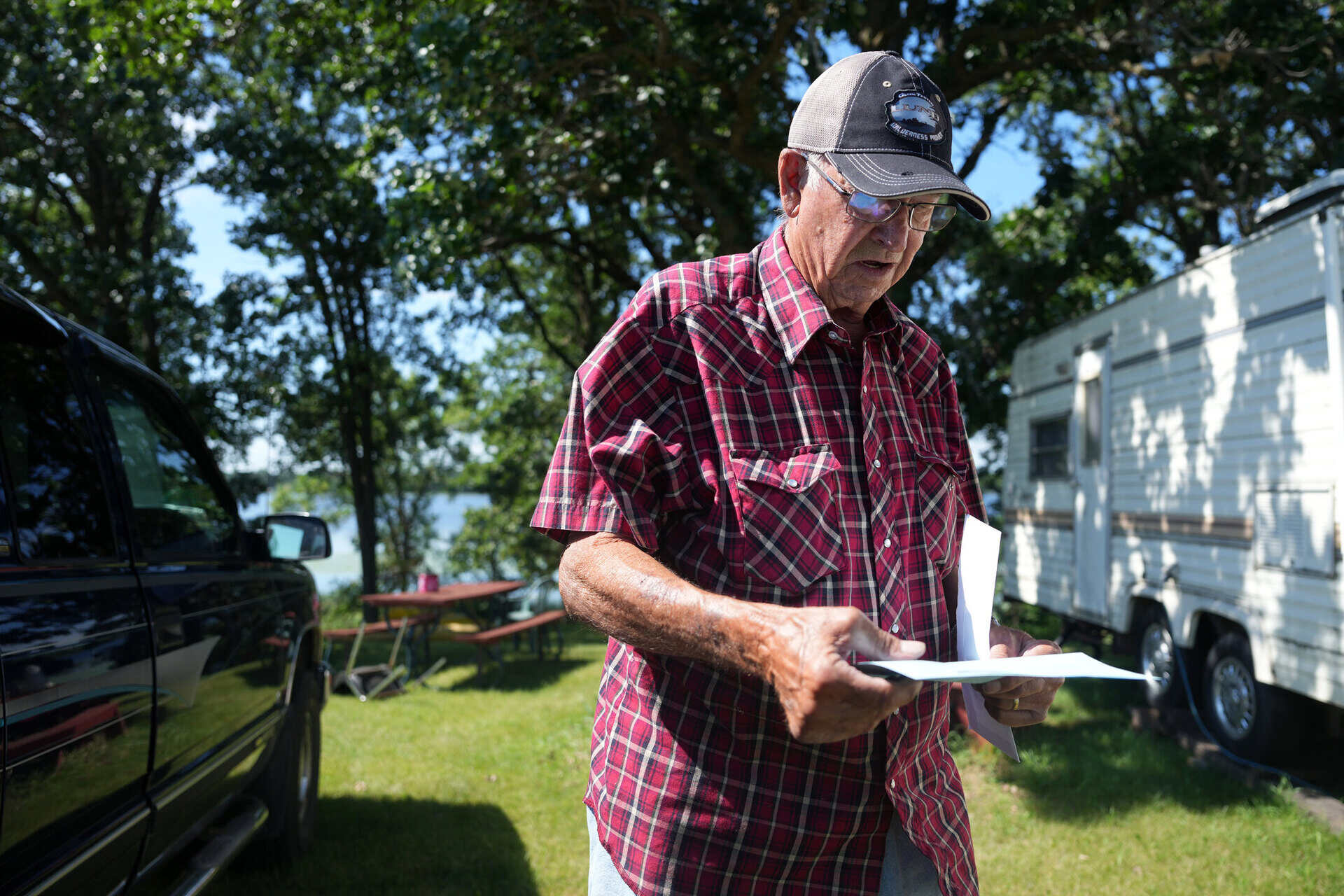
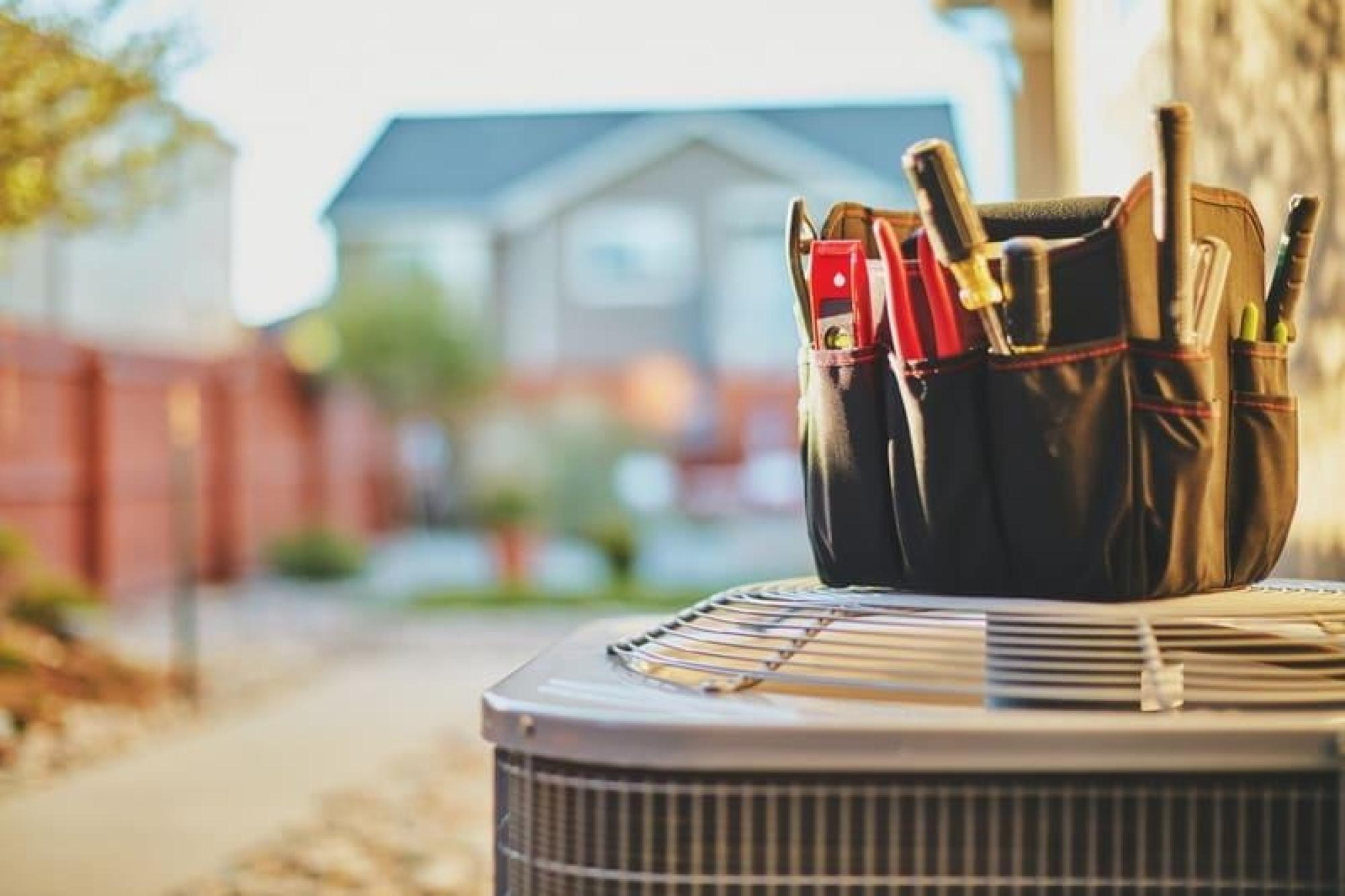
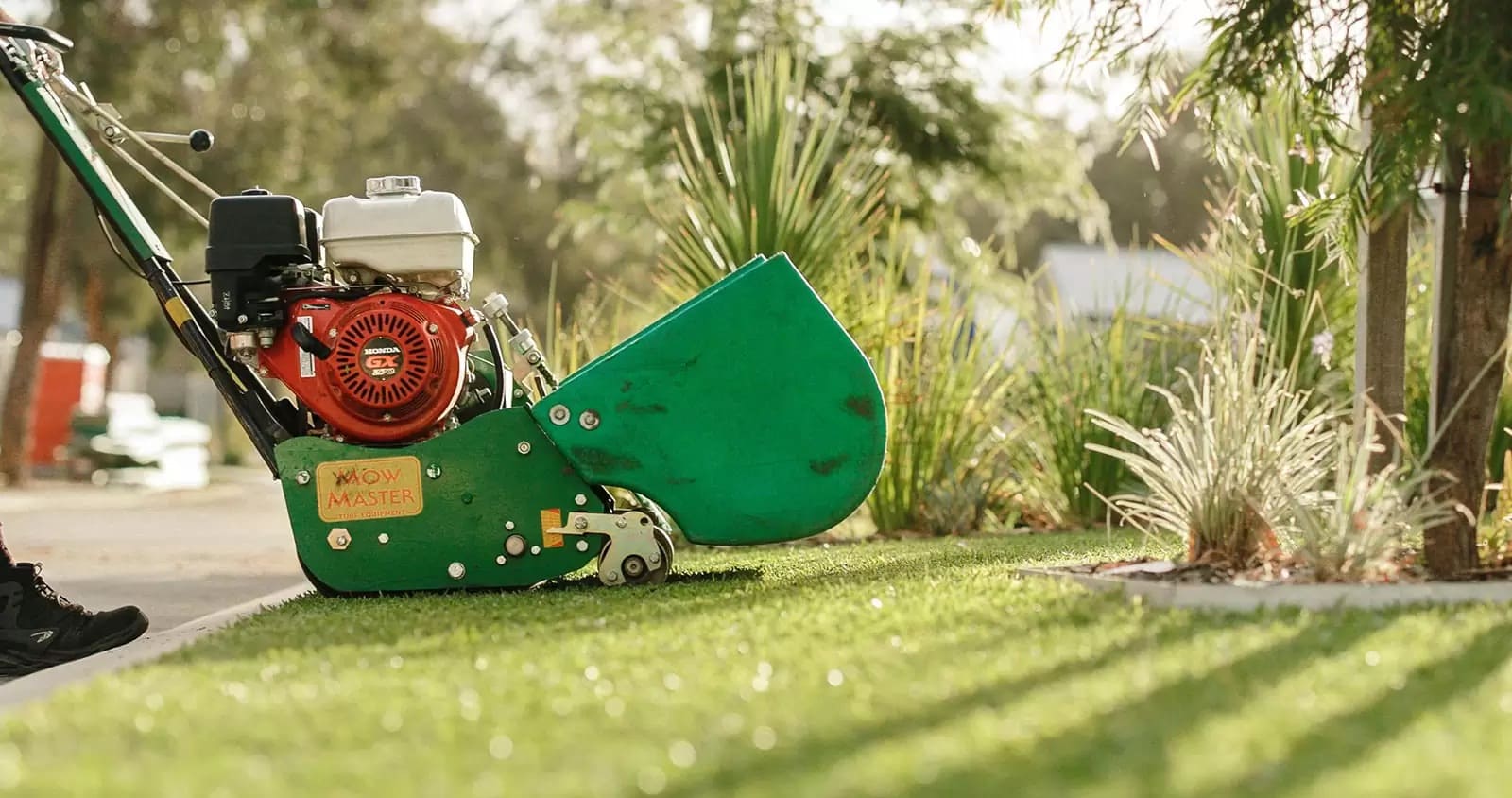
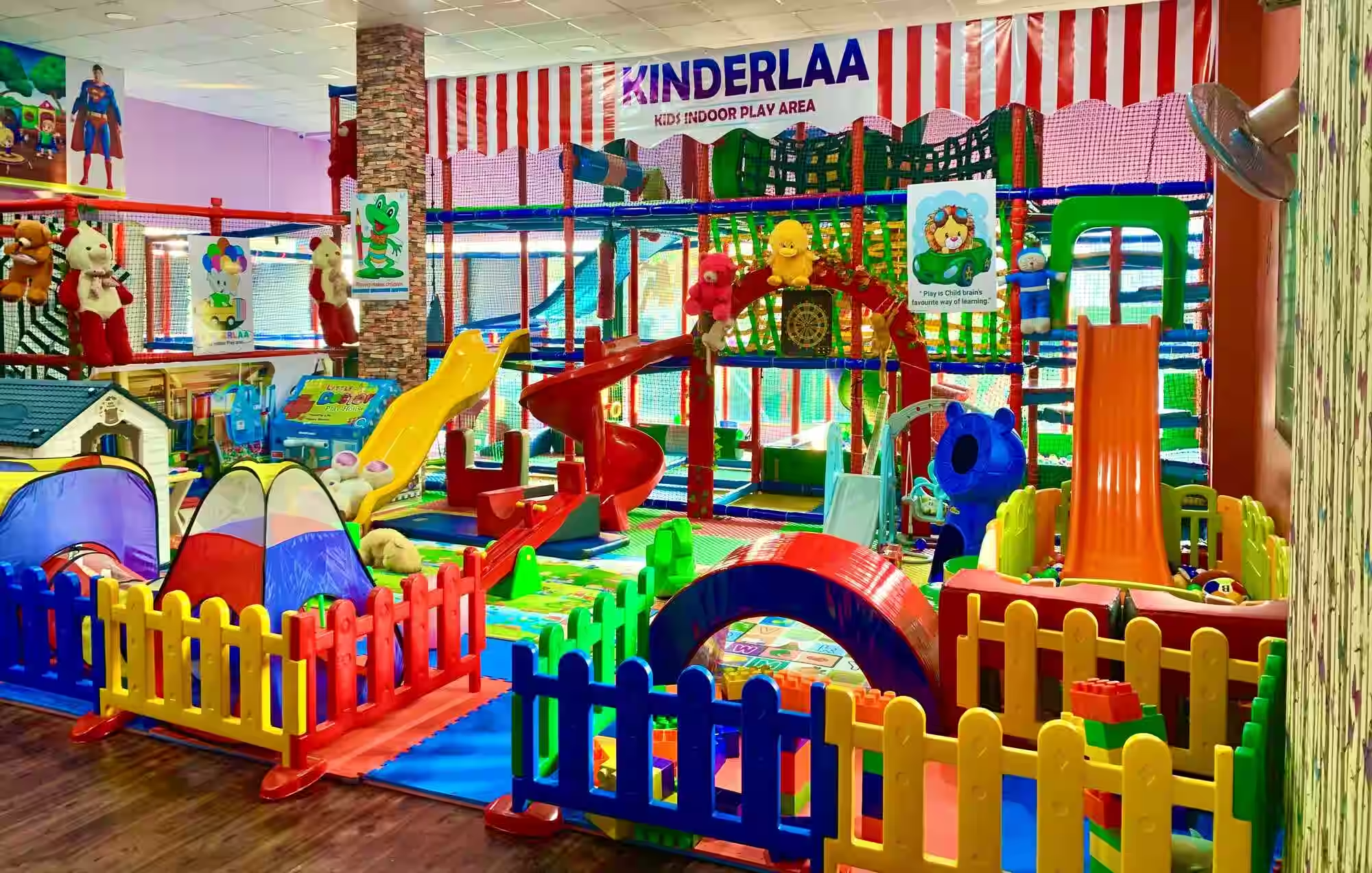

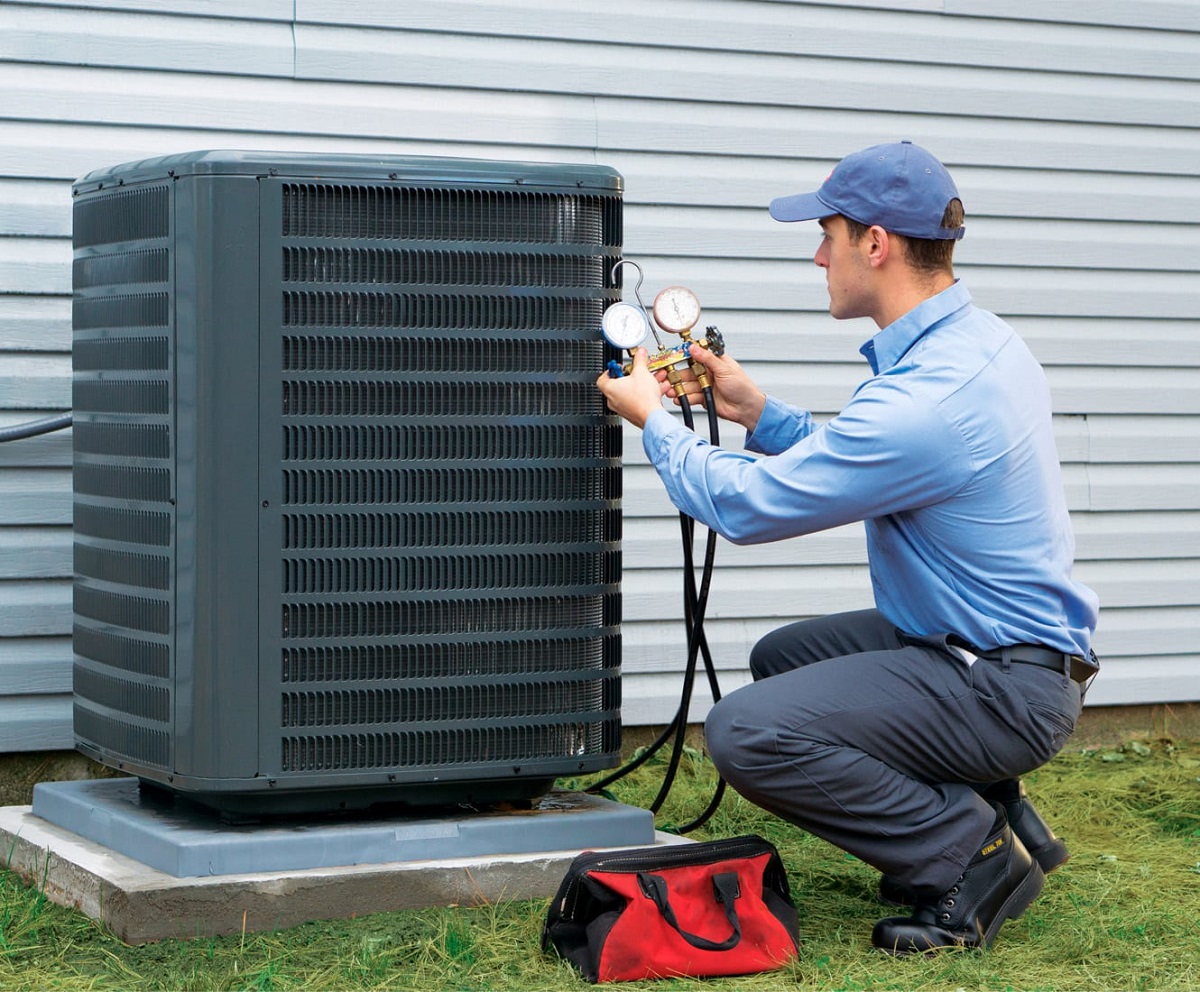
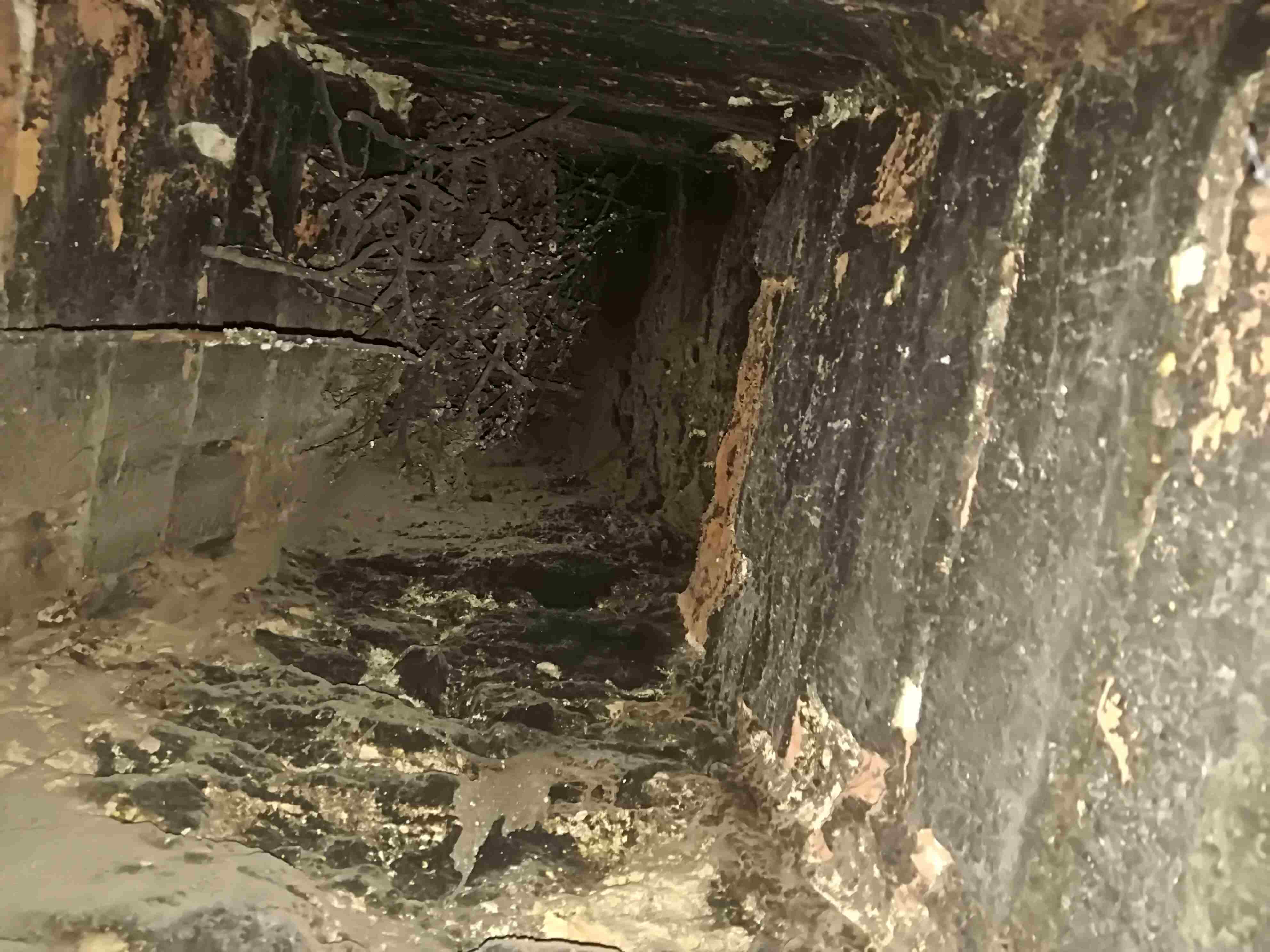
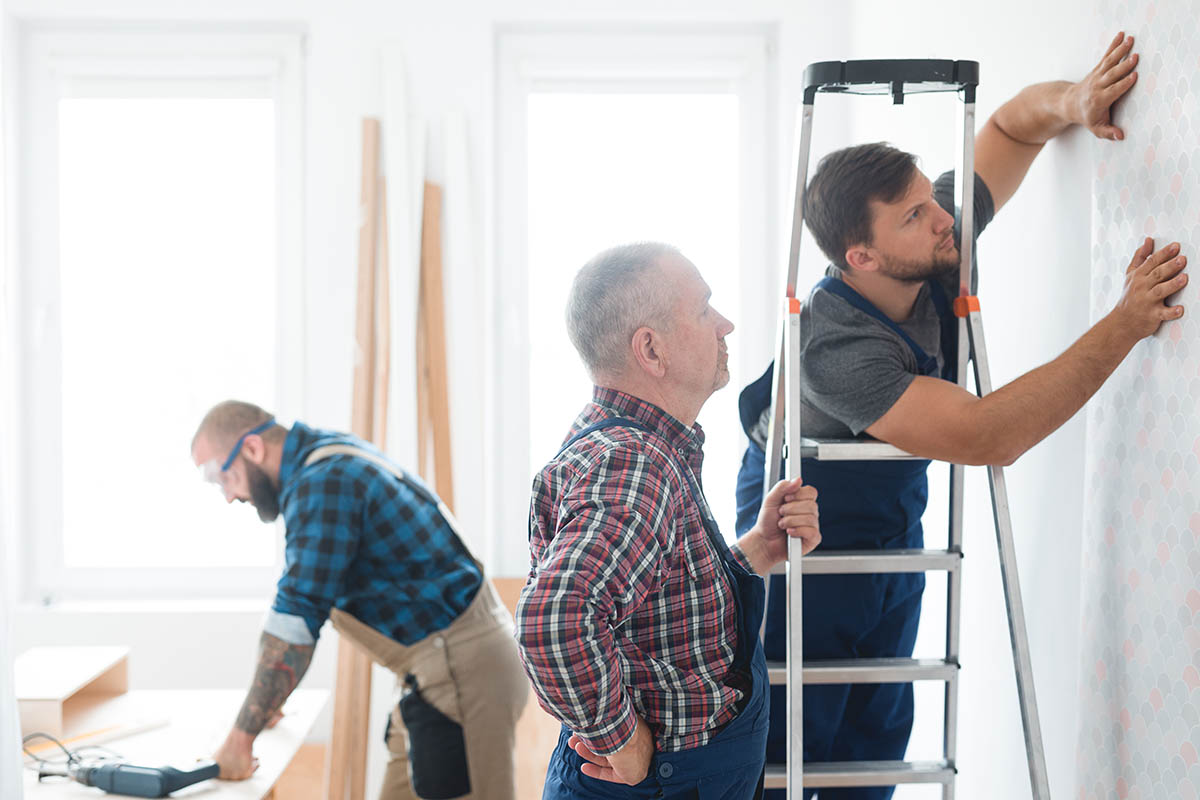
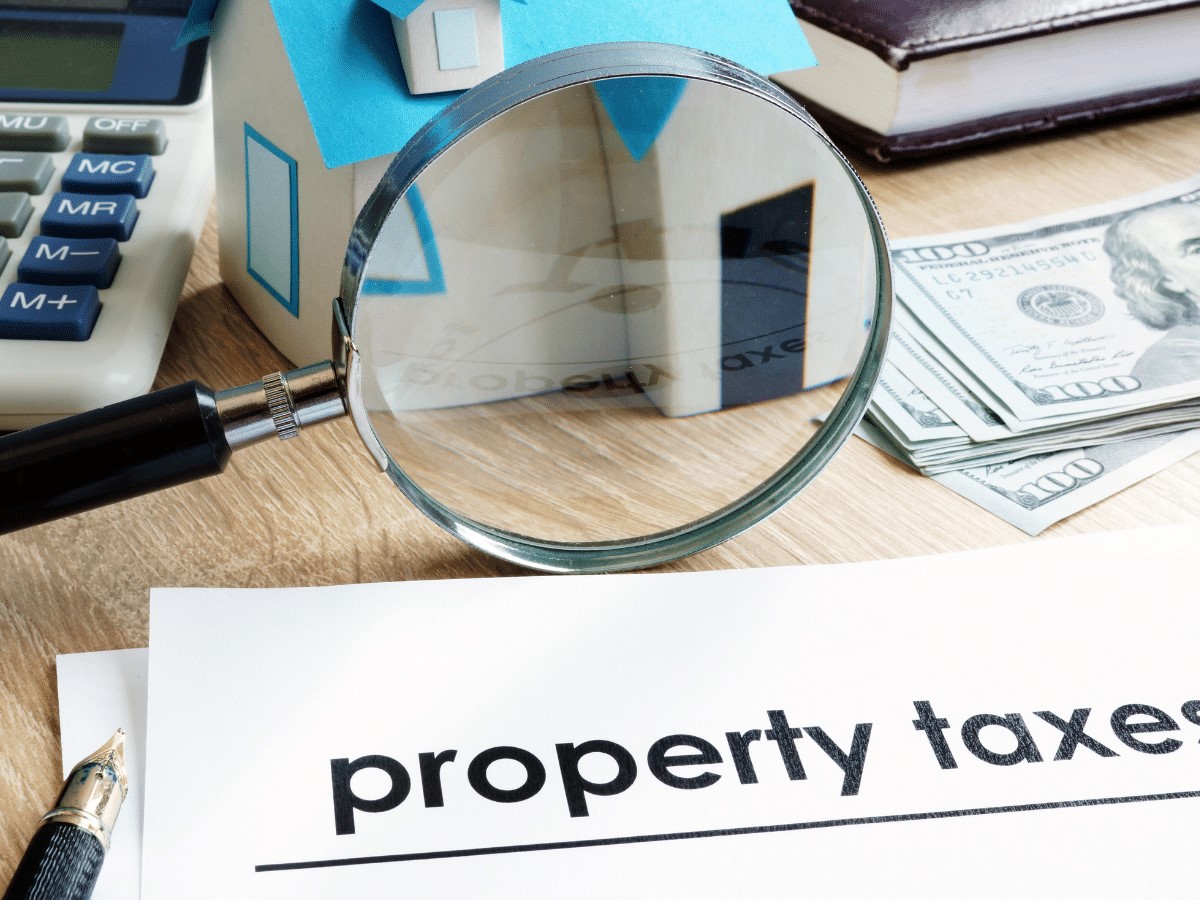
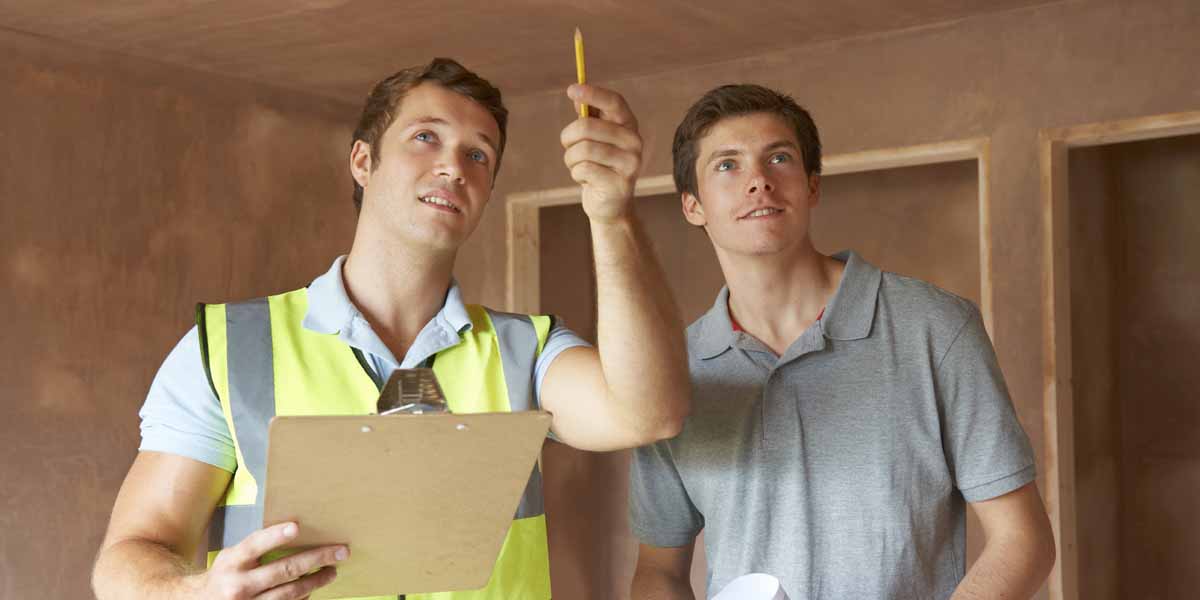
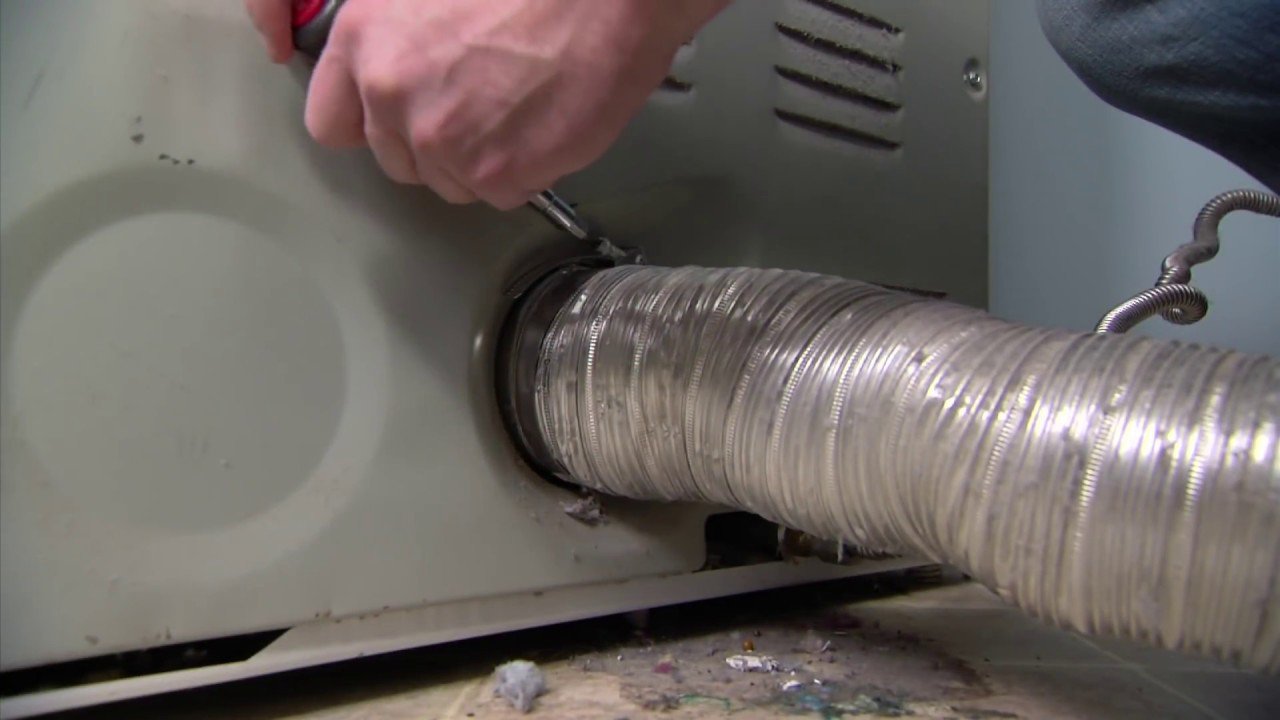
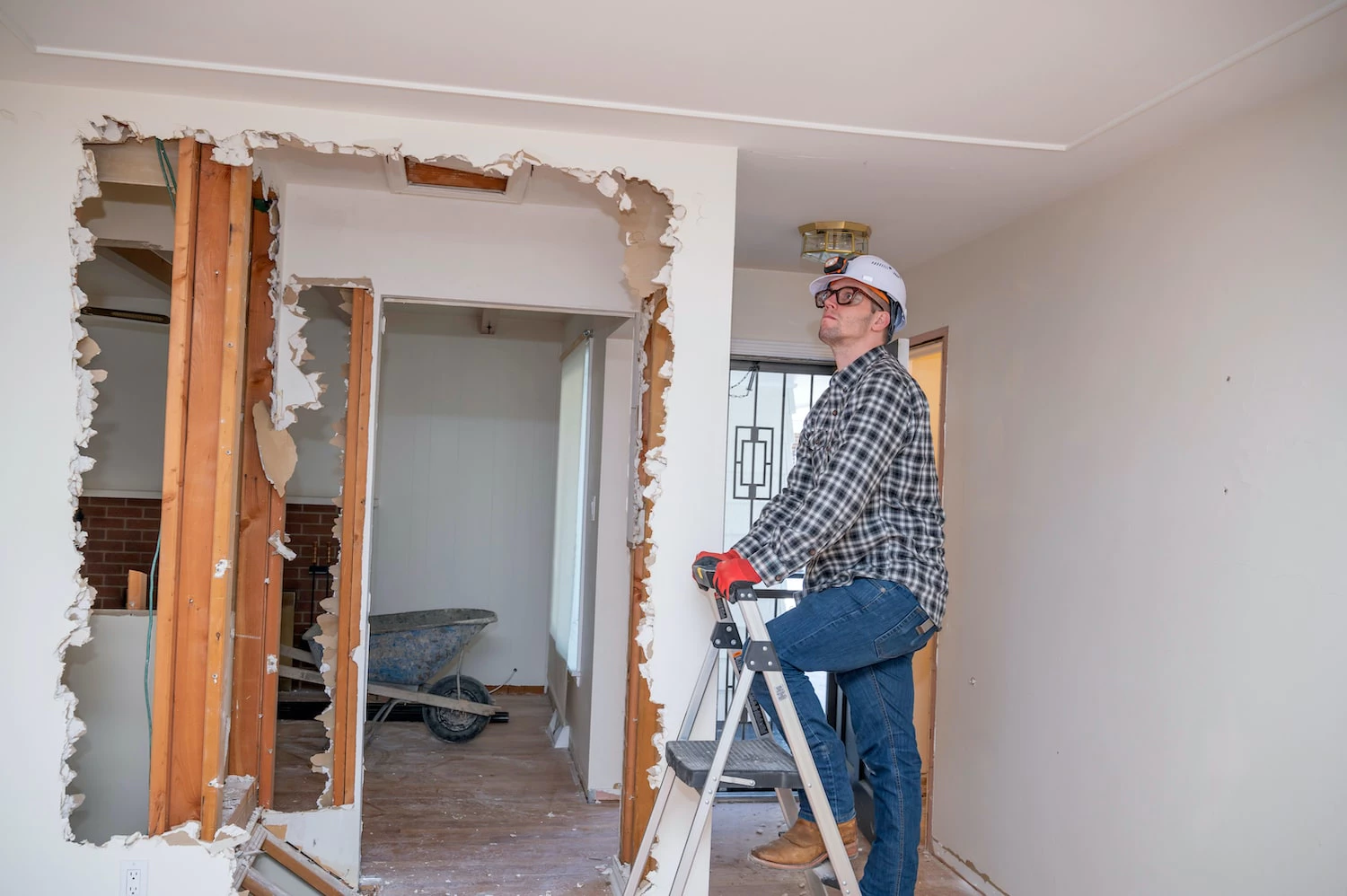

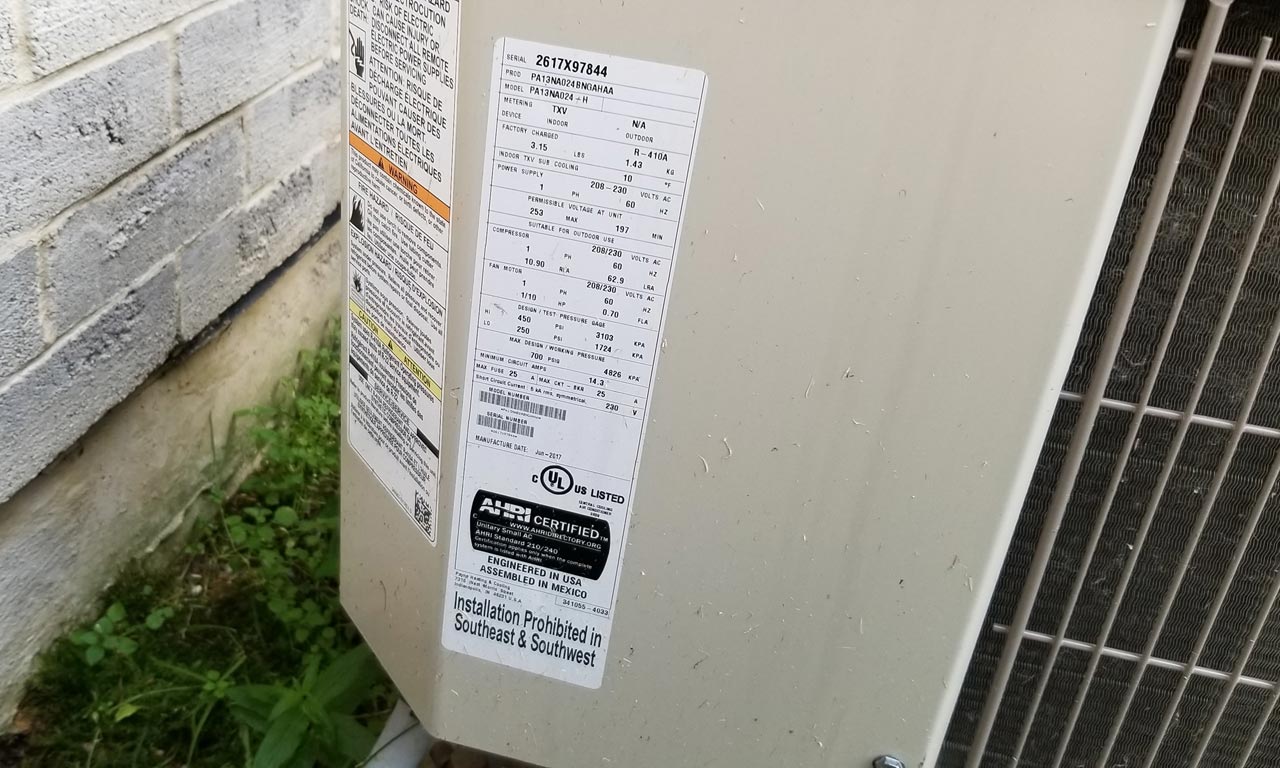

0 thoughts on “What Does A Chimney Inspection Include”